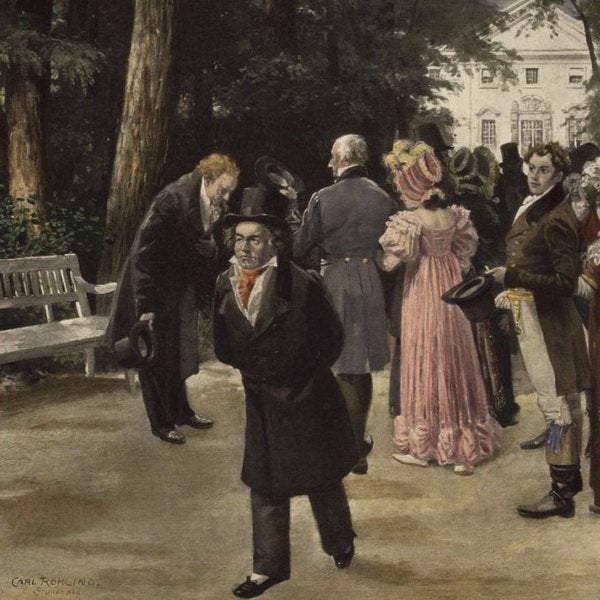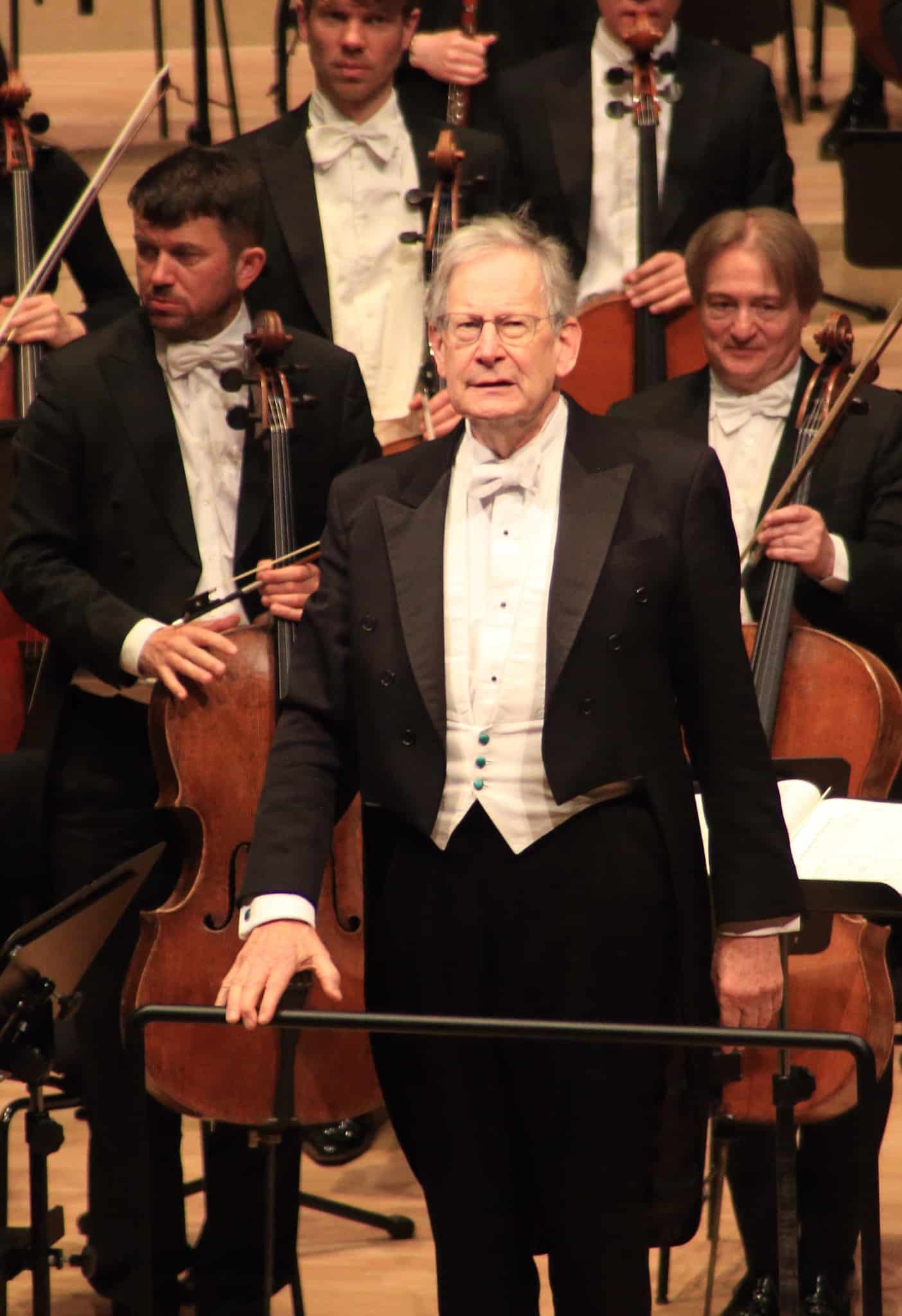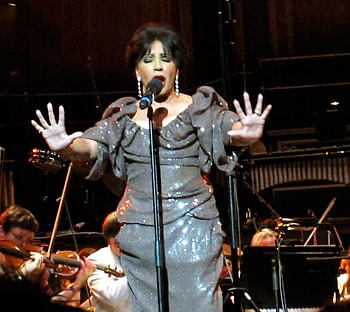Mine’s a triple, but not this one
Album Of The WeekFrom the Lebrecht Album of the Week:
There are many reasons why Beethoven’s triple concerto usually fails on record. Most are to do with ego. In a regular concerto, there is one soloist, a conductor and an orchestra. In Beethoven’s triple, there is a pianist, violinist and cellist and they all have to agree among themselves before the conductor and orchestra get involved. It can take hours of conflict before everyone is satisfied.
The most notorious….
Read on here.
And here.
En francais ici.






The problems with the Triple concerto are structural: the music assigned to the piano and violin is elementary and of little interest (owing to the level of the intended performers). The cello carries all the weight and cannibalizes the violin and the piano with a very difficult part which makes the Triple a cello concerto in disguise. Interesting to have an idea of what would have been a cello concerto by Beethoven.
Andris Nelsons and the CBSO performed the triple concerto with Lars Vogt, Baiba Skride and Daniel Mueller-Schott as soloists many years ago.
It was very entertaining, full of life and sponteneity. It was so evident that they were all enjoying it and thriving on each others energy. Even after all this time, I still remember it well.
Does the classical music world really need a vain tabloid for almost-dead audience members?
No it doesn’t.
There are, it seems to me, three possible approaches to recording the Beethoven Triple Concerto (or presenting it in concert). The first would be to use orchestral principals for violin and cello and use the orchestra’s house pianist or retain a piano soloist. Decades ago I heard the Minnesota Orchestra perform it that way to good effect. The only soloist’s name I recall is Lea Foli, a very fine if somewhat under-rated concertmaster who had a long tenure in Minnesota. This can work well in concert but is improbable for a commercial recording unless it is an “historic” broadcast.
Probably we should prefer recordings done by established “full time” piano trios of long experience — there are a few but oddly enough sometimes they suffer from a LACK of soloistic display. It’s a genuine part of the piece.
At the other extreme is mashing three big name soloists together which can indeed work but is often done just to sell records. Sometimes they are close musical colleagues, sometimes not. Recording company contracts sometimes dictate the combination, which sounds like an invitation to true disaster but can work wonderfully when those big names can sublimate their “hey look at me” tendencies — case in point Geza Anda, Wolfgang Schneiderhan and Pierre Fournier under Ferenc Fricsay. I’d listen to them before the Karajan grouping.
A very different version features big name soloists each with their own strong “look at me” side but is also an established trio of long experience: Istomin, Stern, Rose with Ormandy, what I think is an under-rated recording perhaps because there tends to be so much knee-jerk dislike for Ormandy out there. One can wonder what Heifetz and colleagues would have done with it except I am not sure the piece would work at Heifetz-like tempos, and Heifetz might have needed some convincing to just stand there during that long and thorough exposition.
Having written all that, the recording I prefer over most others is of an established piano trio but also soloists of independent but not blockbuster careers: Jan Panenka, Josef Suk and Josef Chuchro with Kurt Masur conducting the Czech Philharmonic. To my mind the Karajan-led recording becomes a little hard to take once you’ve heard the Czech recording.